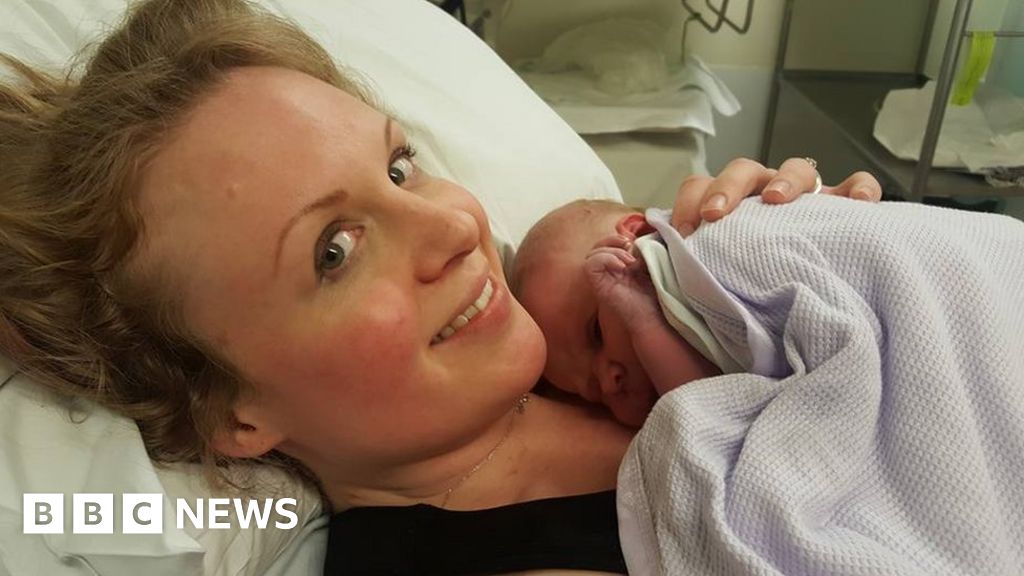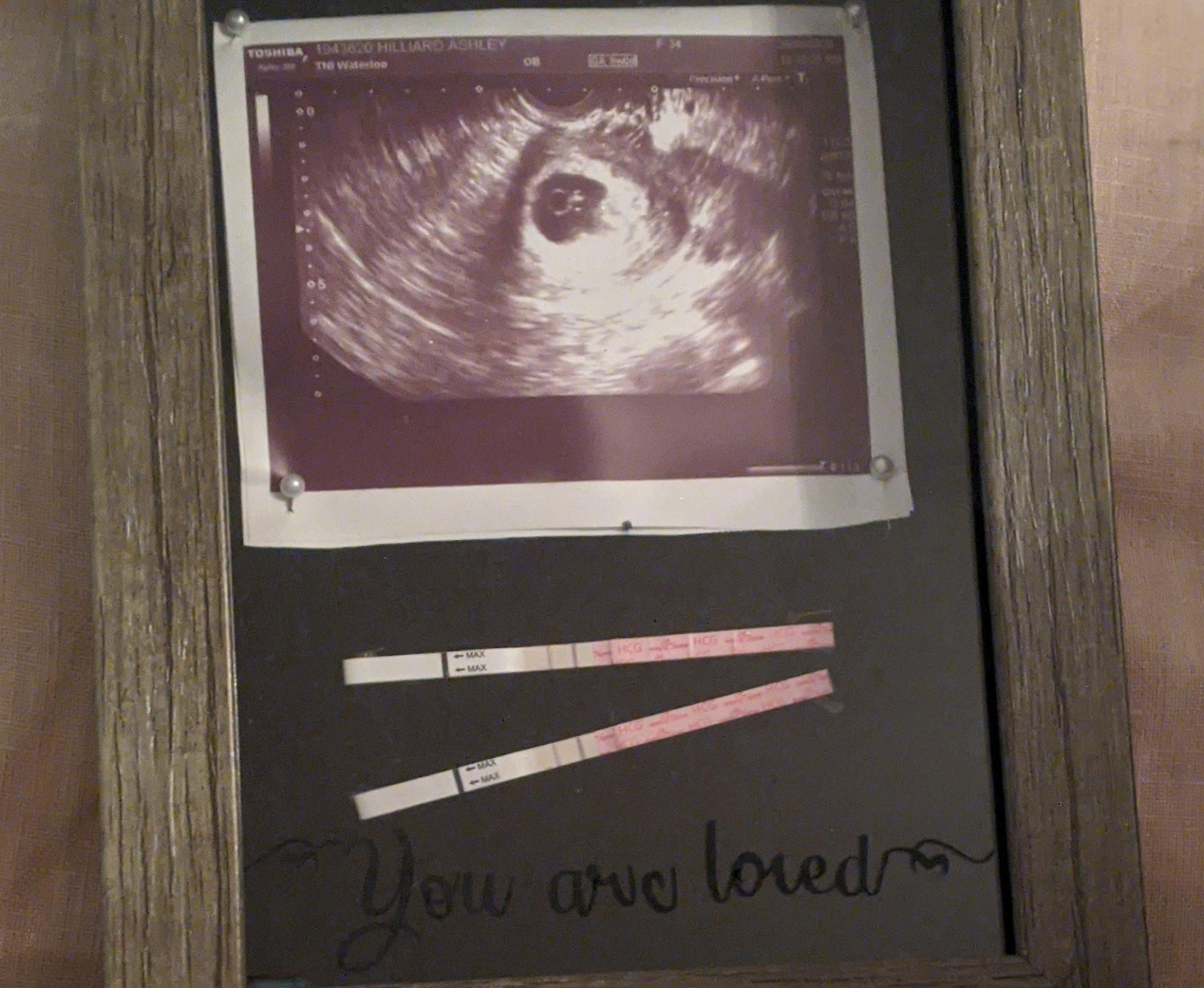Miscarriage At 2 Weeks: Symptoms, Causes & What To Expect
Can you truly prepare for the emotional storm that follows the loss of a pregnancy? The experience of miscarriage, often shrouded in silence, is more common than many realize, and understanding its nuances is crucial for those navigating this challenging journey.
The search for answers often begins with a simple query, a desperate plea for information. But sometimes, as the initial search results indicate, the answers aren't readily available. The internet may not always provide the comforting clarity one seeks. The quest for understanding often starts with the fundamental questions: what exactly is a miscarriage, and what are the early indicators? The reality is a complex tapestry of physical and emotional experiences.
The physical signs of a miscarriage can vary, depending on the gestational stage at which it occurs. One might experience cramping, often followed by heavy bleeding that can last for several hours. The passage of blood clots and the presence of gray or white tissue can be unsettling reminders of the loss. An ultrasound, if performed, might reveal the absence of a fetal heartbeat, a heartbreaking confirmation of the miscarriage. Bleeding tends to diminish over time, typically resolving within two weeks. Pregnancy symptoms, such as nausea and breast tenderness, often subside in the days following a miscarriage. In the case of later miscarriages, there may even be some milk production.
| Category | Details |
|---|---|
| Medical Definition | The spontaneous loss of a pregnancy before the 20th week. |
| Common Causes | Chromosomal abnormalities, hormonal imbalances, infections, and certain medical conditions. |
| Early Symptoms | Vaginal bleeding (ranging from spotting to heavy bleeding), abdominal cramping, and passing of tissue. |
| Diagnostic Tools | Ultrasound to check for fetal heartbeat and development, and blood tests to measure hormone levels. |
| Emotional Impact | Grief, sadness, anger, guilt, and anxiety. |
| Physical Recovery | Bleeding typically lasts up to two weeks, hormonal shifts can cause mood changes, and return of the menstrual cycle within 4-6 weeks. |
| Support Systems | Counseling, support groups, and open communication with partners, family, and friends are crucial. |
| When to Seek Medical Attention | Heavy bleeding, severe abdominal pain, fever, or signs of infection. |
| Additional Information | Mayo Clinic provides detailed information on the topic. |
Early miscarriages, especially those occurring at four weeks of pregnancy, are often mistaken for a heavy period. Many women are unaware they are pregnant and attribute the bleeding and cramping to a normal menstrual cycle. The key differentiator might be the intensity of the cramping and bleeding, which could be more pronounced than usual. In the early weeks, the fetus is developing rapidly, but its size remains incredibly small. At around two weeks, the fetus might weigh less than two ounces, but this figure will shift dramatically with time.
The emotional impact of a miscarriage can be profound. The realization of a lost pregnancy, the dreams unfulfilled, can be overwhelming. The feelings of grief, loss, and disappointment can be intense, and theres no one right way to feel or to cope. Women can have a multitude of questions after this experience like, What are the chances and rate of miscarriage at 11 weeks? Though a lot of women will lose their baby in the early part of the first trimester, towards the end, and at 11 weeks pregnant, the chance of a miscarriage is less than 2 percent. While the physical recovery is important, the emotional healing is paramount. Seeking support from loved ones, support groups, or professional counseling can be invaluable in navigating the grieving process.
The details of individual experiences vary greatly. One woman shared the experience of laboring at home and giving birth to a baby who was lost at 11.5 weeks, with the baby measuring at 9 weeks. The timing can be different from case to case and the physical impacts may vary based on the fetus. A woman shared on Facebook photos of her miscarried child on October 8, 2020, in order to show the world the humanity of preborn children at 10 weeks gestation. The timing of a miscarriage can also be deeply poignant. "14 years ago today this beautiful baby of mine was due."
The advice, however, is consistent. Take care of yourself. Allow yourself time to grieve. And seek support when you need it.
While the physical manifestations of a miscarriage are important, the emotional aspects should not be overlooked. It is also important to realize, at 3 weeks of pregnancy, miscarriage rates are extremely high with a lot of women not even knowing when a miscarriage has taken place. It's important to acknowledge these losses.
Its equally critical to address the practical considerations. After a miscarriage, the body needs time to recover. The next period is typically expected within four to six weeks. One must follow the pregnancy checklist at 2 weeks pregnant: take your vitamins. If you haven't yet, start taking a prenatal vitamin with at least 400 micrograms (mcg) of folic acid every day. Prenatal vitamins provide essential nutrients for you and your baby, including iron, vitamin d, and calcium.
In some cases, medical intervention may be necessary. The options include a D&C procedure to remove the remaining tissue or medical management to induce labor. The decision is a personal one, and it should be made in consultation with a healthcare provider. The woman will have to be careful and keep consulting with her doctor.
The emotional toll can be immense. The journey is not always easy, the emotional roller coaster can be overwhelming. No one can quite prepare you for a miscarriage. The feelings of loss can be profound, and the healing process is unique for each individual. There is not one definitive way of expressing loss, from the poignant description, "Yesterday this little pea showed up! Just a little rubbery goo ball with what looked to be eyes!!"
For some, the aftermath involves practical considerations. Depending on circumstances and personal beliefs, decisions may be made regarding the disposition of the fetal tissue. The best place to bury a miscarried fetus is in your backyard or a park. If you live in an apartment, you can ask the building manager if there is a place you can bury the fetus on the property.
The causes of miscarriage are diverse. In many instances, it is due to chromosomal abnormalities or problems with the developing fetus, which may be caused by abnormal cell division and chromosomal issues. The body might recognize that the pregnancy is not viable and the miscarriage is nature's way of ending a pregnancy that would not have been successful. It is also important to remember that the vast majority of miscarriages occur before the 12th week of pregnancy.
Whether it's a deep loss or the initial stages of understanding and grief, the experience requires sensitivity, understanding, and access to accurate information. A woman shared the experience, "I contracted and pushed out my baby along with the rest of the lining of my uterus. My body was contracting and pushing and then i held my small pearl sized baby in the palm of my hand."
If you are experiencing a miscarriage, remember that you are not alone. There are resources available to help you through this difficult time. Seek support from your healthcare provider, and if necessary, from a counselor. Healing is a journey, and it is a process that unfolds over time. Allow yourself to grieve, and to find the strength to move forward.


